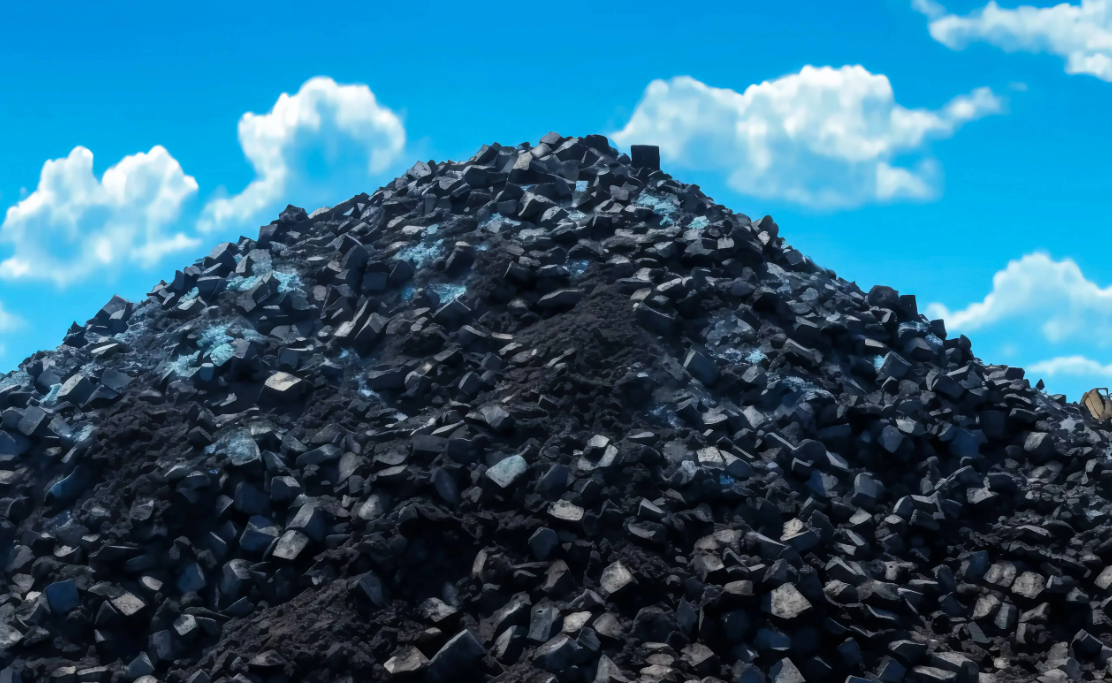
As an efficient and clean solid fuel, Coal briquette is widely used in many fields due to its unique physical and combustion properties. The following are its core uses and specific scenarios:
1. Family and community life
Heating and heating
- Fireplace/heating stove: replace loose coal or firewood, burn longer and have less smoke, suitable for home heating in cold areas.
- Rural energy: In areas with unstable electricity supply, briquettes are an economical and affordable daily fuel.
Cooking and catering
- Household stoves: used for boiling water and cooking, with stable calorific value and easy operation.
- Outdoor barbecue: Smokeless briquettes (such as mixed charcoal formula) have become a popular choice for camping and barbecue, with long burning time and no open flame danger.
2. Industry and manufacturing
Boiler fuel
- Steam generation: used in industrial boilers such as textile mills and food processing plants to provide stable heat energy.
- Replacement of heavy oil: High calorific value briquettes can reduce corporate energy costs (cost is 30%~50% lower than heavy oil).
Metallurgy and Casting
- Metal smelting: In small foundries, briquettes are used as auxiliary fuel to improve the temperature stability of the furnace.
- Sintering process: During the sintering process of iron ore, briquettes are used to supplement the heat demand.
Building materials production
- Cement kiln/ceramic kiln: Replace part of the coal, reduce dust pollution and optimize combustion efficiency.
3. Environmental protection and sustainable development projects
Clean energy promotion
- Developing countries: In India, Africa and other regions, briquettes are promoted by the government as the core fuel of the "Clean Stove Program" to reduce firewood dependence and deforestation.
- Urban emission reduction: Replace loose coal for central heating systems to reduce PM2.5 and sulfur oxide emissions.
Waste resource utilization
- Coal mine waste utilization: Process coal gangue and coal powder into briquettes to solve the environmental pollution problem in the mining area.
- Biomass mixed fuel: Mixed with straw, sawdust, etc. to make low-carbon fuel to help achieve carbon neutrality goals.
4. Agriculture and special fields
Greenhouse heating
- Provide a stable heat source for agricultural greenhouses in winter, with a lower cost than gas or electric heating.
Disaster emergency
- As disaster relief supplies, provide fast and easy-to-store fuel for disaster areas.
Export trade
- Export to energy-deficient areas (such as Southeast Asia and the Middle East) to meet local industrial and household needs.
Coal briquette's uses range from households to industries, from local consumption to global trade, covering multiple dimensions of energy demand. It not only solves the pollution problem of traditional loose coal, but also continues to expand application scenarios through technological innovation and policy support. Whether it is reducing corporate costs, improving residents' lives, or promoting sustainable development, coal briquettes have demonstrated strong market potential and social value.






